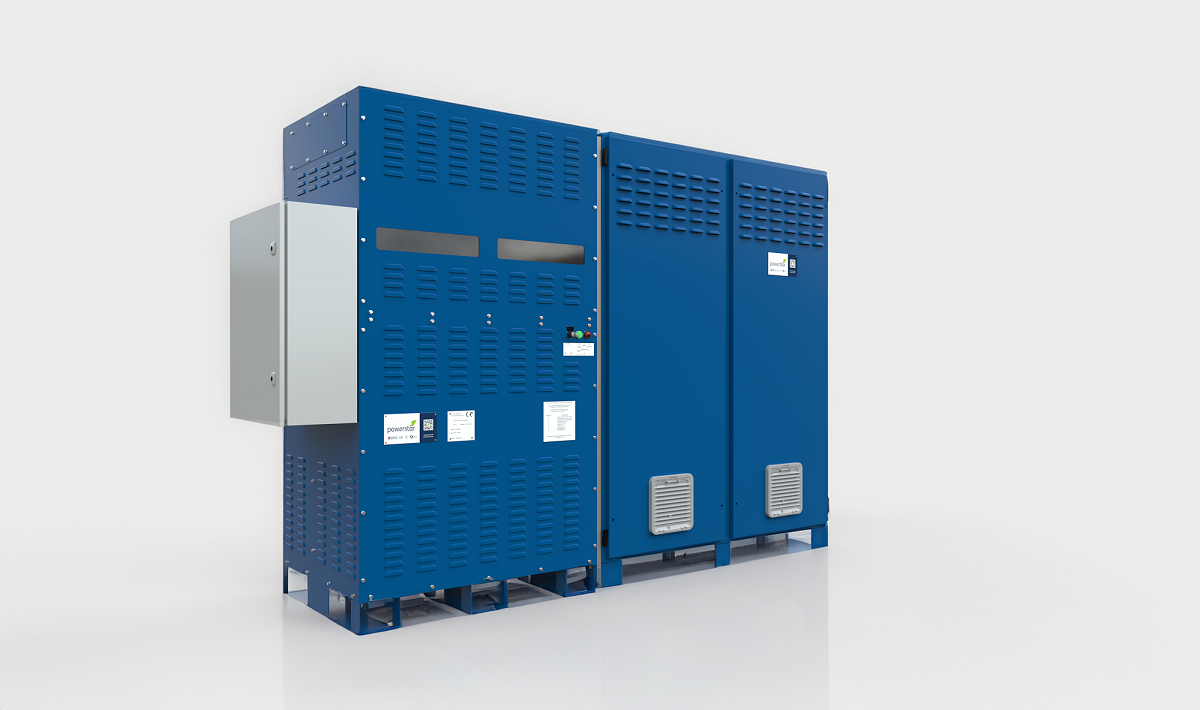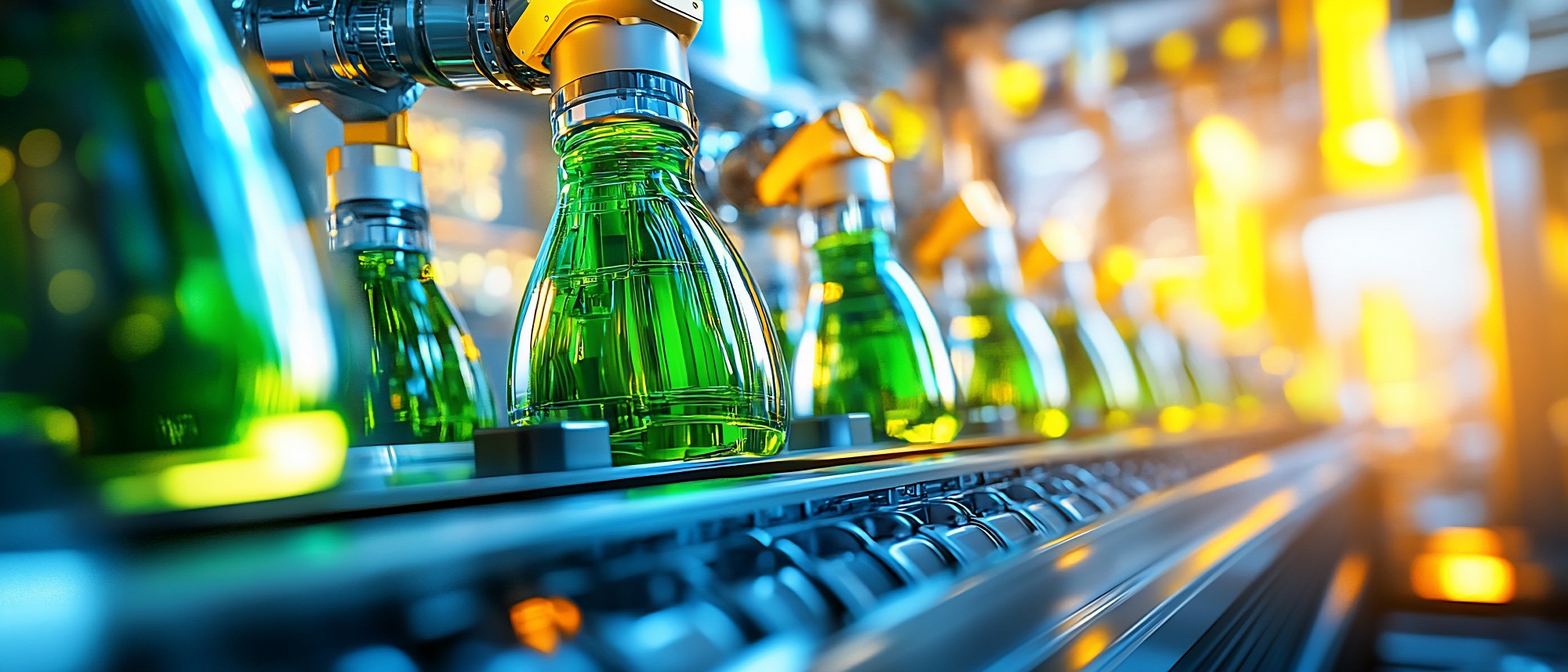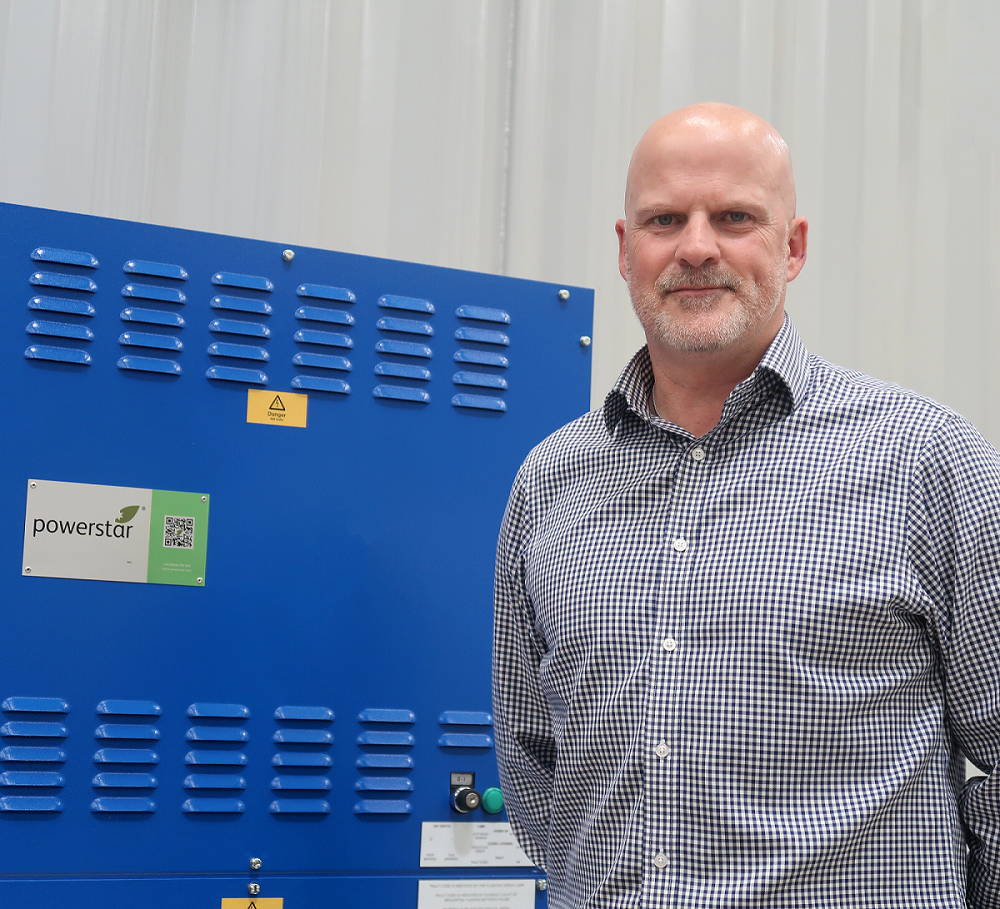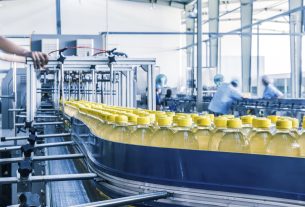Food and drink manufacturers must meet growing retail and public demands for more sustainable operations. But every decarbonisation initiative must deliver a clear return on investment. Stuart Little, Powerstar’s Business Development Manager considers how voltage optimisation can help lower energy spend and reduce carbon emissions.
The pressure to decarbonise
Food and drink manufacturing is the fourth largest energy consumer in the UK, and the industry body, Food & Drink Federation, has set an ambitious goal for the sector – a 50% emissions reduction by 2030[1]. Retail customers also have stringent supply chain targets: Tesco demand evidence of clear, measurable sustainability improvements; Sainsbury’s and Morrisons are committed to reducing supply chain emissions by 30% by 2030, and Asda is actively measuring Scope 3 emissions in tandem with The Carbon Trust.
The Carbon Trust acknowledge it can be difficult to know where to start when balancing competitiveness with customer demands, hence manufacturers may find themselves greenstalling – fearing the consequences of doing the wrong thing, so avoiding action. They advise incremental steps,
“Focus first on the areas that can drive the greatest impact, based on a rigorous assessment of the risks and opportunities for your business, and take action there…”[2]
This is where voltage optimisation can play a pivotal role, with immediate payback in efficiencies and emission reductions.

Reducing energy waste with Voltage Optimisation
Precision equipment, often working 24/7, is food manufacturing’s most important asset. Protecting it – ensuring optimal energy supply; minimising wear and tear, and avoiding unnecessary downtime through unplanned maintenance – is business-critical, as is minimising energy wastage.
The Grid typically supplies an average voltage of 242V, but most equipment in the UK operates at 230V. Voltage Optimisation (VO) stabilises incoming voltage for consistent, optimum voltage levels. This mitigates overvoltage that leads to energy wastage, high production costs, unnecessary stress on machinery, and avoidable emissions. While some manufacturers may already incorporate VO, upgrading to a modern, dynamic solution offers greater energy management control: real-time voltage management, with transparent data to enhance resource efficiency and demonstrate active steps towards Net Zero.

Quick energy wins and lower emissions
Depending on energy usage and site profile, ROI on modern VO can be between a year to 30 months. For an energy-intensive sector, cost savings and emission-reduction can be significant. Take Gunstones Bakery – a site survey indicated unstable and high incoming voltage, and VO installation has reduced energy consumption by over 8,000kWh. Similar fluctuations in incoming voltage were recorded at Danone subsidiary, Nutricia. Dynamic VO is now reducing energy consumption by eight percent, saving more than £25,000 on energy spend and cutting emissions by 110 tonnes per annum.
Retailers and supermarkets face pressure from consumers to demonstrate their sustainability credentials. For food and drink manufactures to maintain competitiveness and retain hard-won contracts, the same approach applies. Where quick wins – and VO is a case in point – can both reduce energy spend while lowering emissions, there is a compelling case to investigate this as one part of your Net Zero journey.
For more info about Powerstar’s expertise in the food and drink sector, please get in touch at: www.powerstar.com






